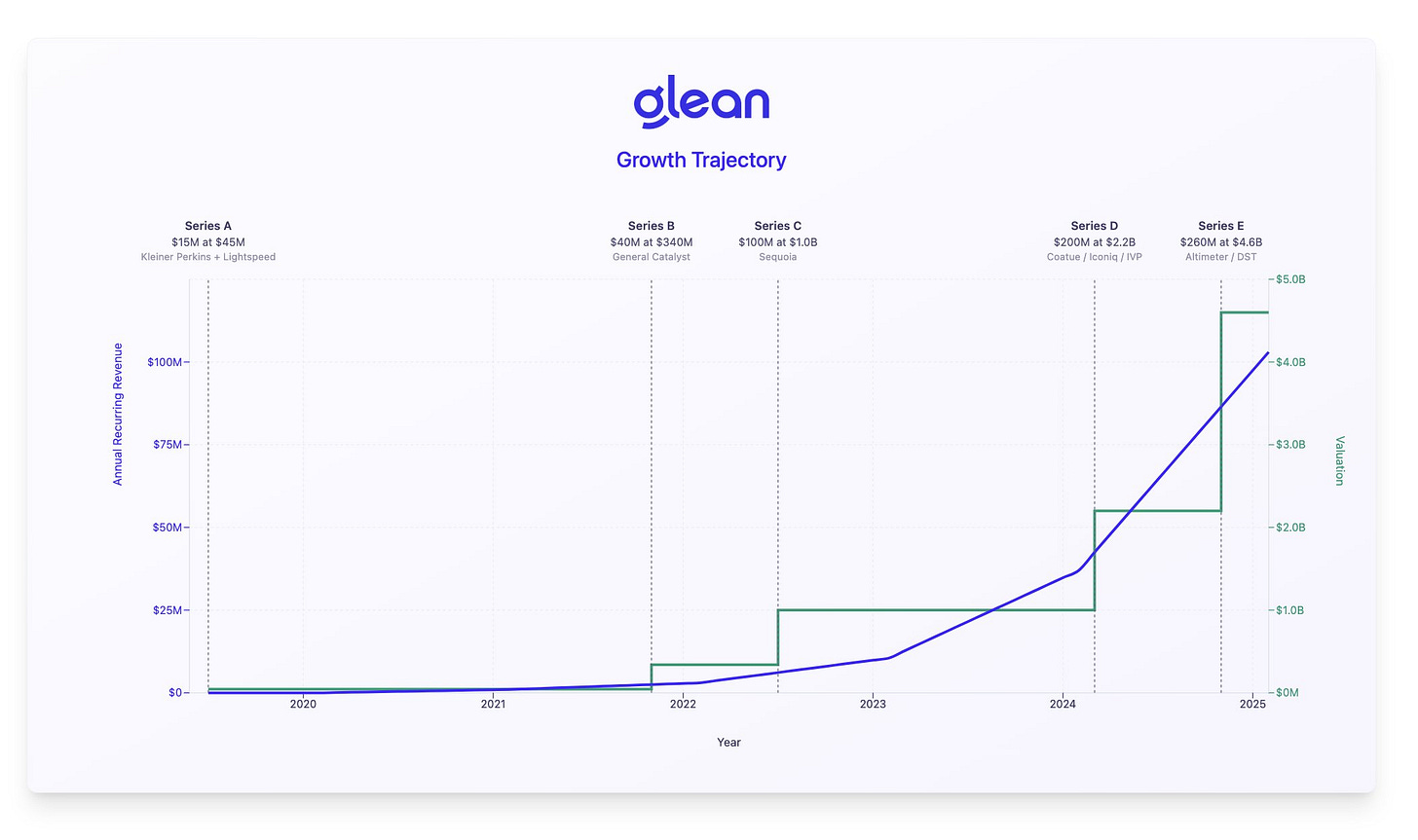Welcome to Cautious Optimism, a newsletter on tech, business, and power.
CO is a little long today. Read what interests you, ditch the rest! — Alex
📈 Trending Up: OpenAI’s ad budget … but at least the company intends to capitalize on expanded consumer interest … AI musical chairs … corruption … government transparency … European VC … Lunar New Year travel …
📉 Trending Down: Social media access for kids? … the Chinese housing market … Russia’s future population … Russian air power …
Trump Watch
The President’s plan for the United States to take over Gaza is, it appears, real. Trump explained more of his plan in a post on Truth Social, saying:
“The Gaza Strip would be turned over to the United States by Israel at the conclusion of fighting. The Palestinians, people like Chuck Schumer, would have already been resettled in far safer and more beautiful communities, with new and modern homes, in the region. They would actually have a chance to be happy, safe, and free. The U.S., working with great development teams from all over the World, would slowly and carefully begin the construction of what would become one of the greatest and most spectacular developments of its kind on Earth. No soldiers by the U.S. would be needed! Stability for the region would reign!!!”
My read of that piece of Shakespeare is that Trump plans to ethnically cleanse Gaza of Palestinians while turning the piece of land into some sort of private-market development project. The fact that regional powers are not interested in resettling the millions of Palestinians in their nations, doing so would curtail the chance at building real cross-border ties, and that the United States would likely not be able to manage a “turned over” Gaza without soldiers is, apparently, beside the point.
The Guardian: “Forced or coerced displacement is a crime against humanity, illegal under the Geneva conventions, to which Israel and the US are signatories.”
Elsewhere, I have a new DOGE theory. It’s been interesting to watch the DOGE crew bust into various government bodies, and then do this:
“Elon Musk’s DOGE commission gains access to sensitive Treasury payment systems” AP
“Elon Musk Installs Illegal Server to Seize All Federal Workers’ Data” TNR
“DOGE’s ‘unimpeded’ access to classified data poses national, economic security risks” FNN
There’s a lot of running around, installing new systems and servers and the like. My hunch is that there’s a plan to wire up a new system of digital control in the government that Musk and Trump will control, allowing them to short-circuit any part of government that they want, whenever they want, with no real ability for the system to argue that they are breaking the law and should be stopped.
Recall that in the United States, Federal authority is designed to be shared amongst the three branches of government to prevent any single person or bloc having too much power.
Twitter financials
The WSJ has a great piece up on banks selling some of Twitter’s (X’s) debts from the Musk-era takeover. Comparing 2021-era Twitter results — the final full year before Musk bought the social media company — and its 2024 results under its present ownership.
2021 (official release): Revenue of $5.08 billion (+37% YoY), adjusted EBITDA of $682.0 million (-32% YoY).
2024 (via the Journal): Revenue of ~$2.7 billion, adjusted EBITDA of $1.25 billion.
Twitter is about half as big as it was in revenue terms but more profitable than before on an adjusted basis.
A lot of folks are crowing on Twitter that Musk “pulled it off” and that his Twitter buy is now a financial win of sorts. It’s certainly been a political and influence victory, but financial? I hesitate to join in the congratulatory ejaculation.
Snap is currently worth 3.3x its trailing revenue after posting 14% growth in Q4 (16% YoY, with 2024 revenue coming in at $5.36 billion). The company is also generating more free cash flow over time.
Meta is currently worth 11.2x its trailing revenue after posting 22% growth in Q4 2024, 21% in calendar 2024, 49% growth in net income in the fourth quarter and 59% in the year.
Twitter, at $2.7 billion worth of top line and a last-transaction price of $44 billion is worth about 16.3 its trailing revenue, and as Musk said recently regarding the company’s performance: “Our user growth is stagnant, revenue is unimpressive, and we’re barely breaking even.”
You probably don’t deserve a far better multiple on your revenue than Meta if that’s the case.
So why are investors chomping at the bit to buy Twitter’s debt from banks at nearly full-price? The Journal writes:
Financial documents reviewed by investors showed that the artificial-intelligence company [xAI, also run by Musk] transferred hundreds of millions of dollars to the social-media company, the people said. That money has helped X pay its bills and stay current on its obligations, the people said. Growing advertising revenue at X should mean fewer transfers in the coming months and years, the people said.
The financial documents said X now holds a 10% stake in xAI, valued at around $5 billion, people familiar with the matter said. The AI company last year was valued at $50 billion. Musk had previously posted that X investors would own 25% of xAI.
Ah. So, Twitter is leaching off of xAI’s massive capital base, and the two firms are now intermingled in ownership terms. That means those buying Twitter’s debt are really buying coupon against a social media company, sure, but also against a hot AI company that is able to actually raise capital to service debt. That makes far more sense.
And let’s be honest, the banks want Musk to be happy with them given his current status as one-man-government. But Twitter the business? It’s smaller than it was, and appears to be growing a bit more slowly. Its adjusted EBTIDA, is, however, up.
All Fear The Cloud
We’re seeing clarifying dispersion of AI optimism. There are a number of camps, which I’ve taken a stab at summarizing and naming:
The ‘AI Startup Optimist’ View: Startups are going to crush it because AI models are getting faster, cheaper and better, which means that the upstart tech companies have tools than ever to disrupt the market.
Lots of VCs are in this camp, backing startups building atop other companies AI models.
The ‘AI Startup Pessimist’ View: Startups are going to get crushed because as AI models get faster, cheaper, and better, the companies that build them will capture most of the value that they generate.
I presume that VCs backing OpenAI and Anthropic fit neatly into this camp, though they may also play in the AI Startup Optimist camp, because why not spread the bets?
The ‘Closed Source AI’ Optimist View: AI foundation model companies are going to crush it because they are building faster, cheaper, and better tech that they will be able to monetize and ride into the cash-exhaling sunset.
Again, this is where we can file backers of major closed-source AI foundation model concerns.
The ‘Closed Source AI’ Pessimist View: AI foundation model companies are going to get crushed because the ability to consistently create faster, better, and cheaper models is evidence that they have no moat, and will eventually get eaten by open-source projects.
Meta, Marc Andreessen and others play here.
The ‘Cloud Shits Gold’ View: Major cloud platforms are going to crush it because they run the faster, cheaper, and better AI models which means that they benefit from rising usage of improved AI tech.
Here we can file the folks working at AWS, GCP, Azure, Alibaba’s cloud, and their rivals.
The ‘No Margin From Commodity Cloud’ View: Major cloud platforms are going to get crushed because as AI models become faster, cheaper, and better growth in total compute demands will slow, and providing AI inference will devolve into a pricing war with slim margins.
The last view is perhaps the most peculiar. Cloud today is very profitable for Microsoft, Amazon, and Google. Why would it become less profitable in time? Simple: Over investment. Microsoft is in the middle of an $80 billion one-year capex orgy, Google intends to spend about $75 billion on similar expenses this year, while Meta is looking at spending up to $65 billion. The list goes on. That money is earmarked for building out more AI training and inference capacity.
If models keep getting faster, cheaper and better and if major tech companies keep building out their compute base, there’s a future in which there’s too much compute, and therefore a price war breaks out. For startups, this is a golden scenario — how does pricing leverage over cloud providers sound? — but for the Mag7 and friends, it could mean the deletion of a lot of spent wealth.
CO is part of the AI Startup Optimist group, the Cloud Shits Gold team, and is currently a fan of both closed and open-source AI models as they are forcing one another to constantly improve.
But Wall Street is a little worried that present AI cloud spend is outpacing AI revenue creation. To wit:
Microsoft stock moves lower after Q2 earnings report, cloud revenue miss [Yahoo Finance]
Alphabet plans massive capex hike, reports cloud revenue growth slowed [Reuters]
That Microsoft is still compute constrained, and Google’s AI business is growing far faster than its other revenues appear to carry less weight than concerns about capex.
I suppose that everyone is compromised here. If you own any index funds or similar in your personal or retirement accounts here in the States, you are allocated into Microsoft, Alphabet, and Meta. Heavily. And therefore we’re heavily wagering that the big cloud providers are right.
That bothers me not at all; my view is that AI improvements are going to generate ever-more compute demands, making current capex spend intelligent, not reckless.
Some of the unicorns are going to be just fine
Deel is doing incredibly well. Valued at ~$5.5 billion during is last primary funding round, the company just executed a $300 million secondary, and announced the following:
[W]e’ve achieved a run rate of $800 million as of December 2024, growing 70% year-over-year. The business has been profitable for more than two years.
If Deel can grow another 70% this year it would close out 2025 on a run rate of just under $1.4 billion. That’s a lot of coin. Mix in profitability and you have a company worth a hell of a lot more than $5.5 billion. Well done, Deel.
Deel, Gusto, Rippling, and others are doing very well. Can one of them please go public?
And then there’s Glean. Glean offers AI software for corporations to enable things like internal search, an AI assistant, and other, similar tools. How goes the business of selling applied AI tools to other companies? Well. Here’s a chart from Menlo’s Deedy Das, shared along with the news that Glean has passed the $100 million ARR milestone.
You can’t suffer from churn too insane if you are growing that quickly. Glean at $100 million ARR and a valuation of $4.6 billion is not cheap, but as the company likely has at least 18 months’ capital in the bank, it can probably get to $200 million ARR before it needs to raise again. At that point, it will be able to.
See, good news. It’s still out there.





"My hunch is that there’s a plan to wire up a new system of digital control in the government that Musk and Trump will control"
my thought too, when the Silk Road bro got a pardon, was "oh, he's going to finally make X the everything app and change our currency to crypto."